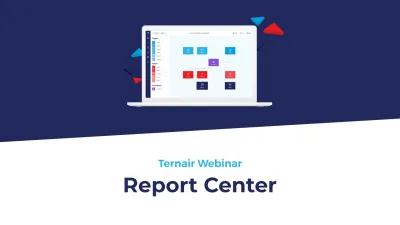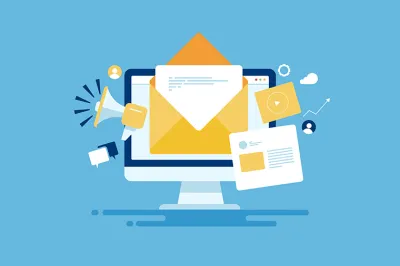At a time when customers can effortlessly switch between brands, providing a personalized and relevant online experience is essential. Website personalization gives you the opportunity to make a difference in that area. But what exactly does website personalization entail, and how does it work in practice?
What is website personalization?
Website personalization is the process of tailoring a website's content and functionality to an individual visitor's profile, behavior or preferences. Instead of showing everyone the same default page, the website automatically adjusts to be more relevant to each individual.
Think about:
A customized homepage based on previous click behavior
Product recommendations that match previous purchases
Content that varies depending on your location or device
Why is personalization important?
Customers increasingly expect brands to know and understand them. A personalized approach contributes to:
A better user experience - Visitors find what they're looking for faster
Higher conversion - Relevance makes for faster decisions
More customer loyalty - Customers feel seen and heard
Competitive advantage - Relevance is distinctive in a crowded market
In short, personalization contributes directly to your business goals, from customer satisfaction to revenue growth.
Important forms of personalization
1. Dynamic content
Dynamic content adapts in real time based on who the visitor is or what they are doing. Consider:
A homepage that shows different banners to existing customers than to new visitors
Content that connects to browsing behavior (e.g., previously viewed products)
Blog articles that connect to previously read topics
2. Personalization based on location
Based on IP address or GPS data, you can show content specific to a particular region or city. This is useful for:
Local listings or locations
Language settings
Events nearby
3. Preferences and behavior
Based on previous behavior (such as clicking, scrolling or filling out forms), you can segment visitors. For example, someone who views a specific category multiple times can be recognized as a potential buyer within that theme.
Explicit preferences - such as chosen filters, interests or completed questionnaires - can also be used to further tailor the website experience.
How do you get started with personalization?
The foundation of good personalization is data. Collect and manage customer data in a secure and structured way, for example using a Customer Data Platform (CDP). Then use tools like your CMS or marketing automation platform to integrate personalized elements into your website.
Start small:
Choose one page or target audience
A/B test different variants of content
Measure the effect on engagement and conversion
Based on these insights, you can build and refine your personalization.
Conclusion
Website personalization is not a nice-to-have, but a must-have. By providing visitors with relevant content at the right time, you increase the value of your website and the relationship with your customer.
Whether you are just starting out or are already more advanced with digitalization: a well thought-out personalization strategy lays the foundation for sustainable customer relationships and commercial growth.




